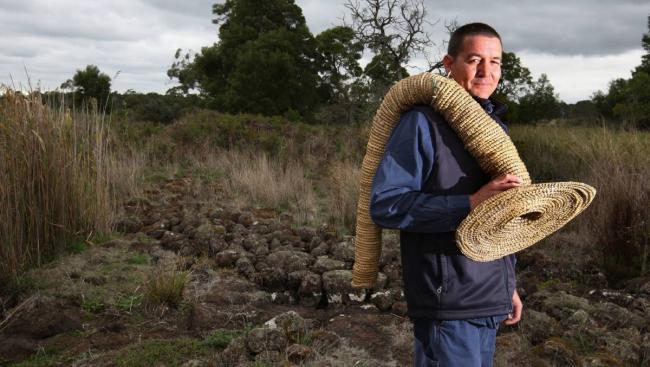6,000-Year-Old Fish Trap Nominated To World Heritage List

Australian indigenous leaders are hopeful that a system of ancient eel traps dating back 6,000 years will be listed as a world heritage.
The intricate series of traps, which were built by the Gunditjmara people to manage eels in Lake Condah and Darlot Creek in western Victoria, are among the earliest surviving examples of aquaculture in the world.

The site, known to the indigenous people as Budj Bim, was included on Australia's heritage list in 2004 and has now been put forward for inclusion in the Australian government's nomination to the United Nations Educational, Scientific and Cultural Organization (UNESCO) world heritage council.
Dennis Rose, a Gunditjmara elder, said that world heritage listing would guarantee the long-term protection of the site as well as attract visitors to the area. The network of traps, which runs around 35 km of the lake, trapped eels as water levels were manipulated by the indigenous people to encourage the eels to swim into holding ponds. Rose said that funnel-shaped baskets were placed at the spillway between ponds so that smaller eels could slip through and larger eels were harvested. "Eels would be transferred from one pond to another, they would be fattened up, they would then be eaten," Rose said.

Ian McNiven, a professor of indigenous technology at Monash University, said that carbon dating of charcoal revealed the fish traps to be 6,600 years old. McNiven said the site, known as Muldoons trap complex, was remade a number of times over the six millennia, indicating it was continually used. "Muldoon trap complex is currently the oldest known stone-walled fish trap in the world and amongst the world's oldest known fish traps," McNiven said. "It is also the oldest continuously used fish trap in the world ... Indeed, the trap was still being used by Gunditjmara people at the Lake Condah Mission in the late 19th century."






